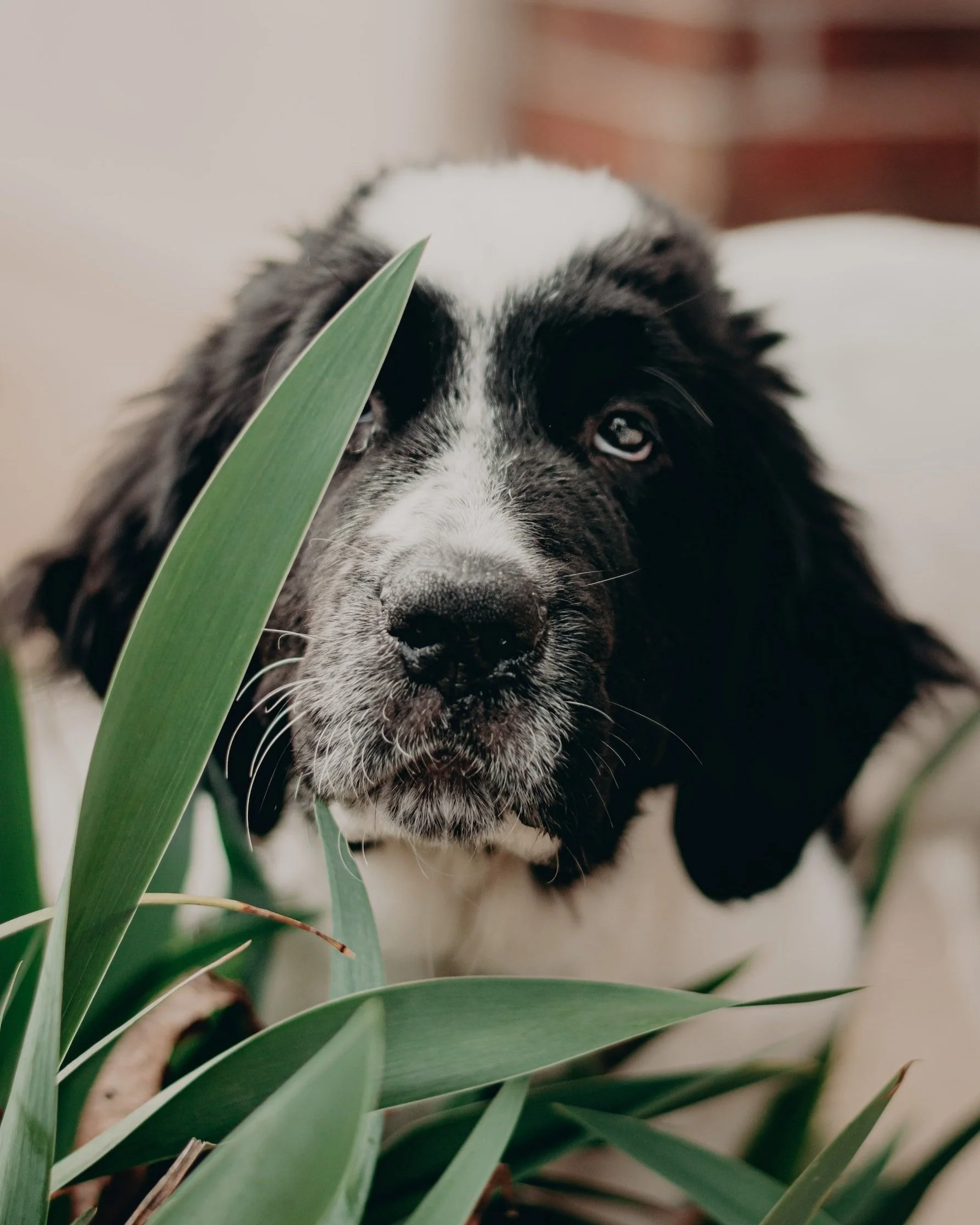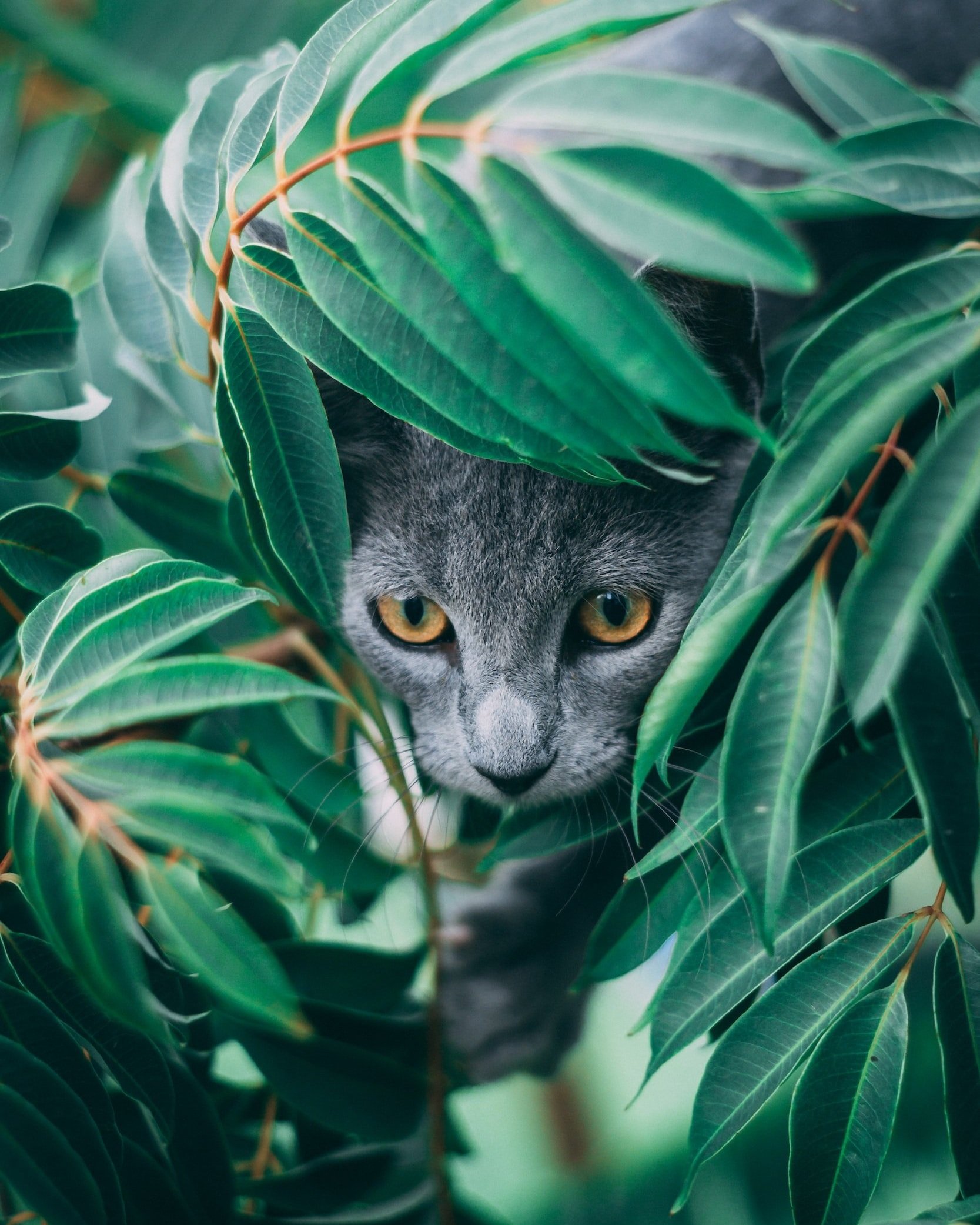5 Pet Safe Houseplants for Low Light Spaces
🐶🪴🐱
Houseplants are incredible at adding life and beauty to any space, but IF YOU HAVE PETS IN THE HOME- it's important to choose plants that are safe for them. Some pets may not bother your plants, and that’s wonderful! Consider yourself one of the lucky ones! Yet, regardless of your pets typical interaction with your plants, it’s important to know what in your collection could be harmful to them. MANY plants are toxic to cats and dogs if ingested, can cause symptoms such as vomiting, diarrhea, and difficulty breathing. To ensure the safety of your pets, it's important to do your species-specific research (this includes birds, reptiles, fish, and any other pet) and choose pet-safe plants for spaces accessible to them.
catch this topic on the podcast:
and get a more detailed list of plant in the show notes for this episode!
Dog & Cat Friendly Houseplants
-low light edition-
#1
Prayer Plant
Scientific Name: Maranta sp.
Light: Low to Medium Indirect (NO direct light)
Water: Never let soil dry completely
Humidity: High
Best Practices: Keep in a glass cloche if you are struggling to keep the humidity up and the leaves start getting crispy and watch for fungal issues in the soil due to overwatering. They prefer well-draining and rich soil thats on the acidic side. Fertilize regularly.
#2
Boston Fern
Scientific Name: Nephrolepis exaltata
Light: Low to Medium Indirect (NO direct light)
Water: Consistent Moisture
Humidity: High
Best Practices: Watch for fungal issues in the soil due to overwatering. Fertilizer should only be given fertilize once during the spring and once during the summer.
#3
Peperomia
Scientific Name: Peperomia sp.
Light: Low to Bright Indirect
Water: Water when most of the soil is dry
Humidity: Household humidity is fine
Best Practices: Use well draining soil and fertilize once during the spring and once during the summer with a general-purpose houseplant fertilizer diluted to half strength.
#4
CAST IRON PLANT
Scientific Name: Aspidistra elatior
Light: Low to Bright Indirect (NO direct light)
Water: Water when most of the soil is dry
Humidity: Household humidity is fine
Best Practices: Use well draining soil, slightly acidic and fertilize on a regular basis.
#5
Spider Plant
Scientific Name: Chlorophytum comosum
Light: Low to Bright Indirect
Water: Water when the top half of soil is dry
Humidity: Household humidity is fine
Best Practices: Use well draining soil, likes to be on the root-bound side, can re-plant “pups” to grow new plants and fertilize on a regular basis.
Overall, it's important to be mindful of the plants you bring into your home and to do your research to ensure the safety of your pets. By following these simple precautions, you can enjoy the beauty of houseplants without worrying about the health of your beloved pets.
IMPORTANT NOTE
In the event that you suspect your pet has ingested a toxic plant, it's important to act quickly!
CALL Animal poison control
at (888) 426-4435
Contact your veterinarian and the ASPCA Animal Poison Control Center (APCC) at (888) 426-4435.
Be sure to have the name of the plant and any other relevant information on hand.
You can also refer to the ASPCA's list of toxic and non-toxic plants at any time or download the printable below:
DOG SAFE PLANTS
Toxic and Non-Toxic Plants List:
CAT SAFE PLANTS
Toxic and Non-Toxic Plants List
WRITTEN BY SHII KAINA
Botanist, Horticulturist, Environmentalist and Master Gardener, Shii Kaina, is passionate about blending the lines between indoors and outdoors with sustainable biophilic design and teaching individuals to grow food, while nurturing themselves and the planet.







